Have a killer idea for the next great emoji? There’s a simple way you can submit your character for official consideration – here’s how
From the eggplant to the flame, there’s pretty much an emoji for whatever you want to express.
But if you still feel like the 3,782 emojis currently available don’t quite capture the full range of your facial expression, luckily there’s a solution.
Unicode, the organization that sets the standard set of emojis, is currently taking public suggestions for the next set of new emojis.
But with Unicode accepting fewer emojis every year, your submission needs to be top notch.
So if you have a great idea for the next great emoji, submit your own character here – and the tips to help it get accepted.
If you have a brilliant idea for the next great emoji, you’re in luck, because requests for new emoji suggestions are now open (file photo)
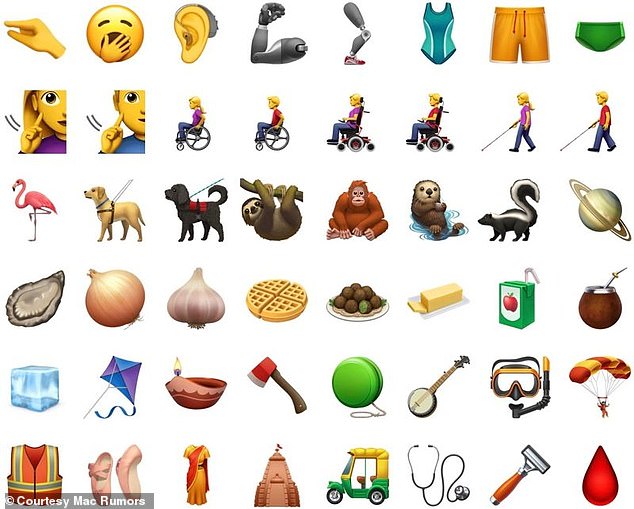
Unicode, the organization that standardizes emojis, is accepting new proposals to add to the 3,782 emojis currently available
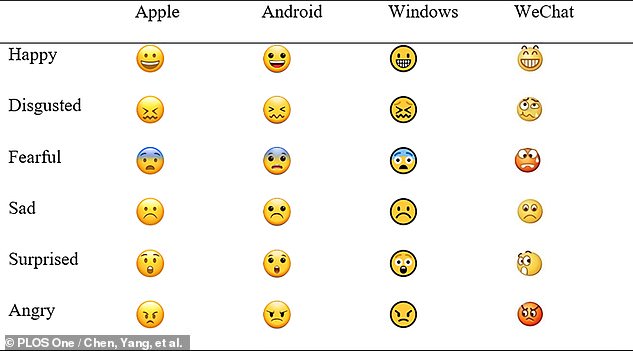
Unicode ensures that when you type a smiley face on an iPhone, your friend on Windows or Android sees the same thing. Although the designs differ slightly, this is to ensure that the same symbols always convey the same thing
To submit an entry, simply fill out a Unicode Emoji submission form can be found here.
However, if you actually want your submission to be accepted, you first need to make sure that your idea is truly new.
Unicode maintains a list of all currently approved emojis, but there is also a list of all emojis that people have submitted in the past.
Unicode says they won’t review anything that has already been rejected in the last four years, so you should check that your idea hasn’t already been rejected.
Scrolling through the list of rejected ideas will also give you a pretty good idea of what Unicode will and won’t accept.
The rather vague “neurodiversity,” the overly specific specific “rye bread,” and all six different requests for “cannabis leaf” were all rejected for different reasons.
Unicode also says it will automatically reject all “logos, brands, other third party IP rights, UI icons, signage, specific people, specific buildings and landmarks, gods.”
Avid emoji fans may have already noticed that the Tokyo Tower emoji seems like a clear violation of these rules.
Unicode is aware of this inconsistency, but says: ‘Many historical emoji violate current inclusion factors. Once an emoji is encoded, it cannot be removed from the Unicode standard.”
This means that there is no point in searching the archives for a loophole to justify your proposal.
But once you are confident that your proposal will not be rejected outright, now is the time to plead your case.
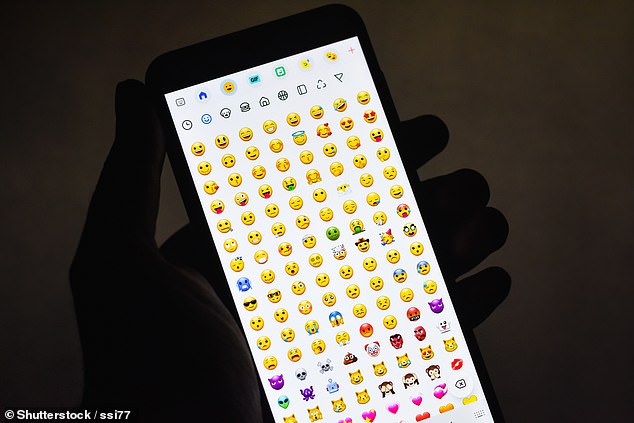
With so many emojis already in use, your proposal must be carefully designed to express something that none of the existing options can
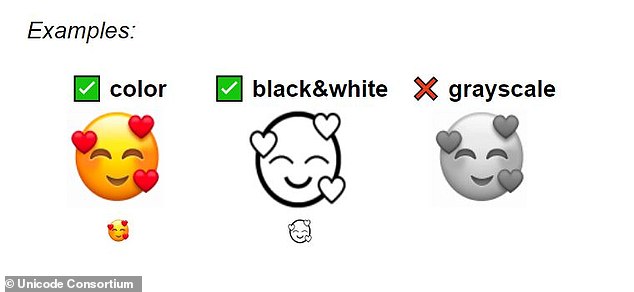
To submit a suggestion, you must create a color and black and white version of your proposal. You don’t have to design it yourself, but you must have all rights to the image
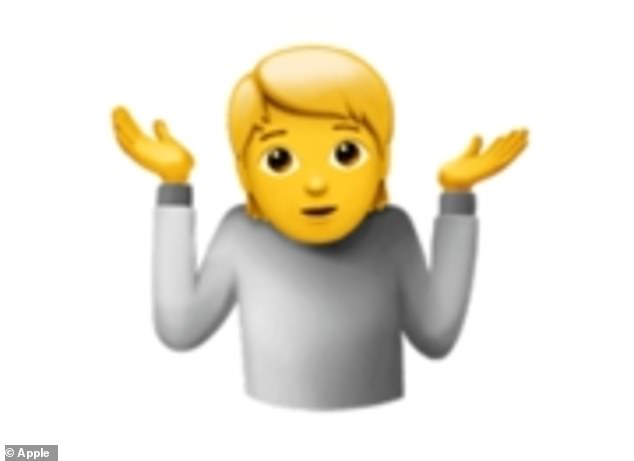
If you’re confused by the requirements, try thinking about what gap your emoji will fill. Any new suggestions should expand the number of things people can say with emojis
The first thing Unicode needs is a name and some color and black and white images of your emoji.
If you’re not that artistic, it’s fine to have someone else draw it for you, but you must have all rights to the image – so nothing pulled from Google Images will do.
For the name, try to give something that describes the image, rather than telling the user what the emoji is for.
For example, Unicode says, “Use a descriptive term, such as ‘Smiling face with smiling eyes and hand over mouth,’ rather than something prescriptive, such as ‘Smiling face.'”
Next, the most important thing you can provide is solid proof that people are actually using the word your emoji captures.
Unicode requires you to submit screenshots from Google Trends to show that people might actually want to use what you’ve created.
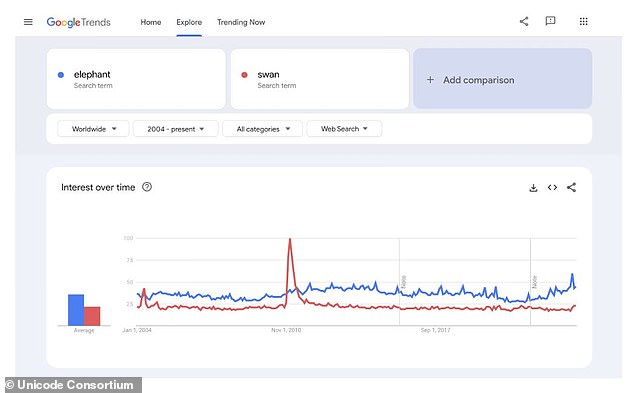
One of the most important things for a successful application is showing that people are using the phrase. Unicode requires screenshots of Google Trends like this to substantiate your claim
These don’t have to be the exact word that describes your emoji, but can also relate to related concepts that can be expressed within them.
If your proposed emoji has many potential uses or interpretations, this may even be a point in your favor.
For example, the successful application for the broken chain emoji used searches for the term “freedom” alongside searches for “broken link.”
However, social media petitions and samples will not be accepted as they can be ‘too easily twisted’.
You also need to argue how your proposal can work alongside the thousands of existing emojis.
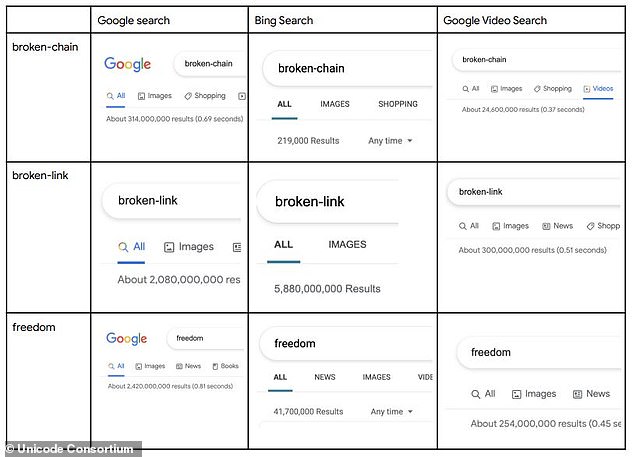
To increase your chances of success, think about what else your emoji might say. This successful application used evidence for both the term ‘broken chain’ and ‘freedom’
That includes coming up with examples of how it can be used in a sequence to convey new meanings.
For example, Unicode points out that the trash can and flame emojis can be used to convey the phrase “garbage fire.”
Unicode will not consider your proposal if it can be conveyed using a combination of existing emojis, so think carefully about whether this is possible.
Try to think of it as creating a new word for the emoji language. If it doesn’t provide an opportunity to say something new, it probably won’t be accepted.
But once you’ve gone through all the steps and checked that your emoji meets all the criteria, all that’s left to do is submit it before July 31 and hope to see your idea on a keyboard soon.
